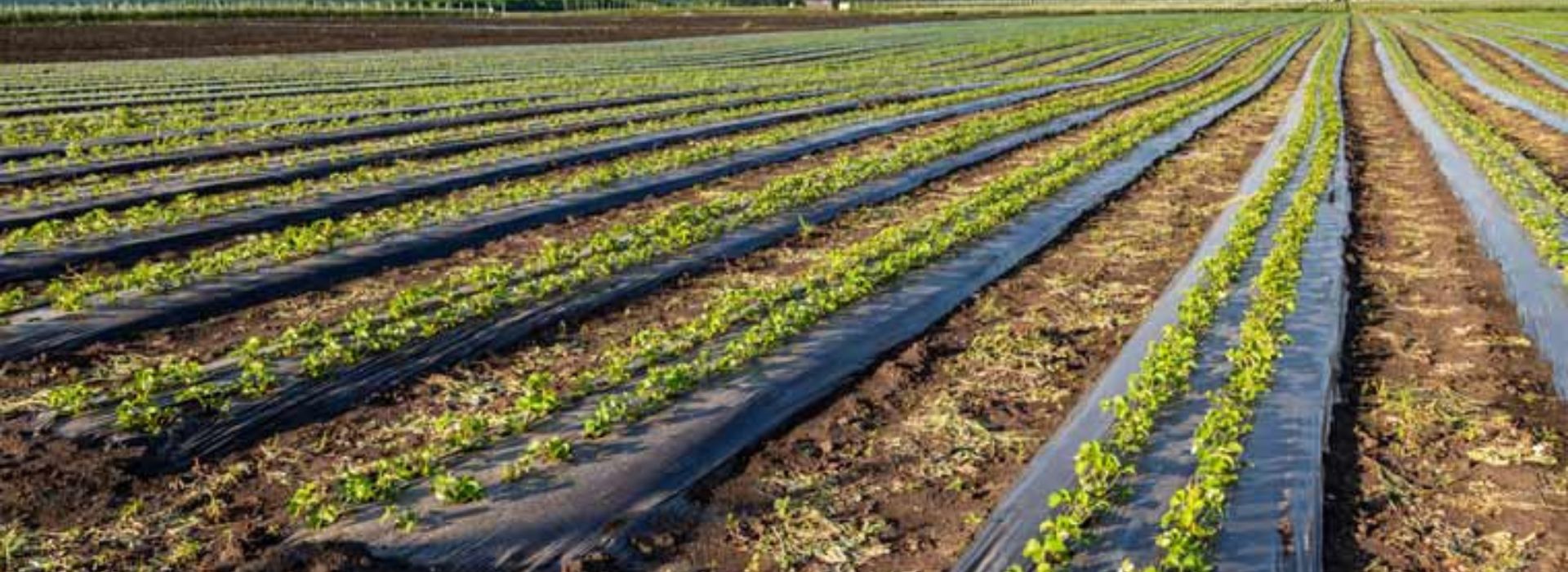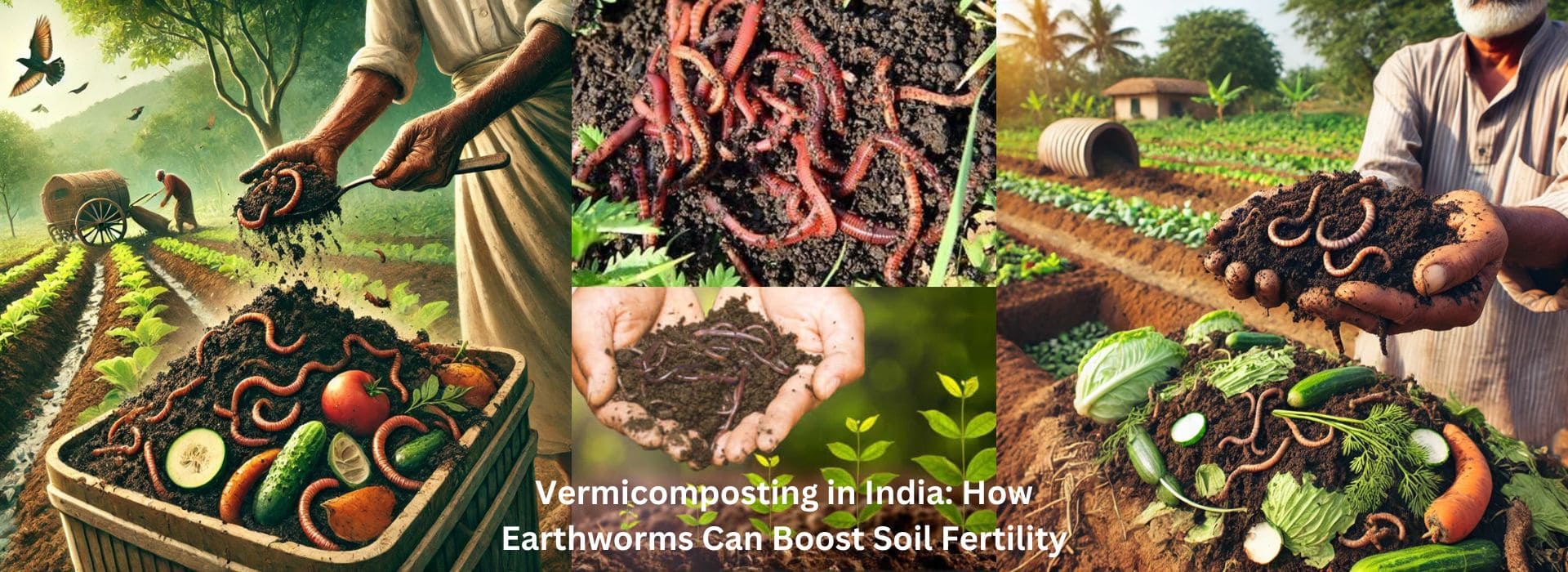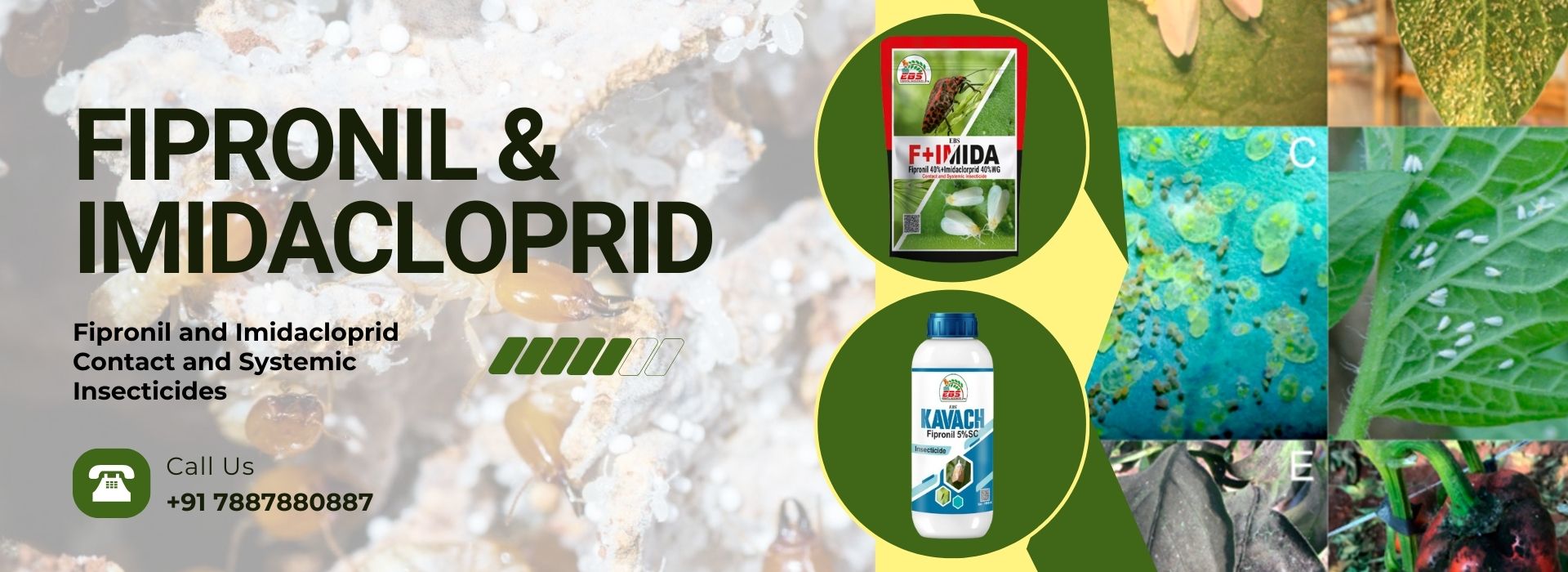Uncovering the Impact of Mulching Film on Soil Microbial Diversity in Cotton Cultivation
March 14, 2024the realm of sustainable agriculture, the utilization of mulching films has garnered attention for its potential benefits in enhancing soil health and crop productivity. Among the various crops where mulching is applied, cotton stands out as a significant contender. In this blog post, we delve into the effects of mulching film on soil microbial diversity and community in cotton cultivation.
Understanding Mulching Film:
Mulching film is a thin layer of material, typically plastic, applied to the soil surface around plants. Its primary functions include moisture retention, weed suppression, and soil temperature regulation. However, its impact on soil microbial communities has gained prominence in recent agricultural research.
The Role of Soil Microbes:
Soil microbes, encompassing bacteria, fungi, archaea, and other microorganisms, form a complex network vital for soil fertility, nutrient cycling, and plant health. Any alterations in their diversity and composition can have profound implications for ecosystem functioning.
Exploring Cotton Cultivation:
Cotton, a globally significant crop, has its cultivation practices constantly evolving to meet the demands of sustainable agriculture. Mulching film adoption in cotton fields has been touted as a strategy to conserve water, control weeds, and improve yield.
Effects on Soil Microbial Diversity:
Research into the impact of mulching film on soil microbial communities in cotton cultivation reveals intriguing findings. While the film can create a favorable microenvironment by moderating soil temperature and moisture, its non-biodegradable nature poses challenges to microbial activity and diversity.
Mulching Film and Bacterial Communities:
Studies suggest that mulching film may lead to shifts in bacterial community composition, with certain taxa thriving under the film's conditions while others experience suppression. This alteration in bacterial diversity could influence nutrient cycling processes and ultimately affect plant health and productivity.
Fungal Dynamics Under Mulching Film:
Fungi play crucial roles in soil nutrient cycling, decomposition, and plant symbiosis. The presence of mulching film can influence fungal communities, potentially favoring certain fungal taxa over others. Understanding these dynamics is essential for optimizing soil health and crop performance.
Implications for Sustainable Agriculture:
As agriculture moves towards more sustainable practices, understanding the nuanced effects of mulching film on soil microbial communities becomes imperative. Balancing the benefits of improved soil moisture and weed control with potential disruptions to microbial diversity is key to maximizing the long-term productivity and resilience of agricultural ecosystems.
Future Directions:
Further research is warranted to elucidate the long-term effects of mulching film on soil microbial communities in cotton cultivation. Integrating advanced molecular techniques and computational modeling can provide deeper insights into microbial dynamics and their implications for agroecosystem sustainability.
At krishibazaar.in, you can find and buy various agricultural products. For agricultural guidance on selecting the most suitable products for your crops, please contact or WhatsApp at +917887880887






Guest reviews
No reviews found for this Blog